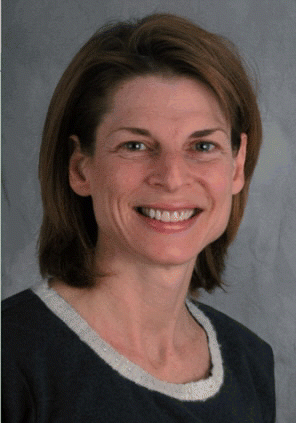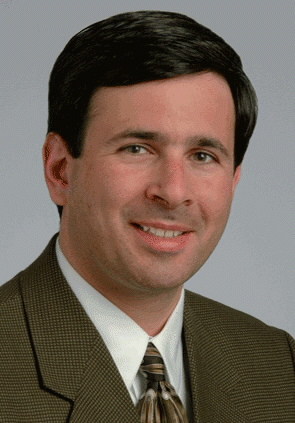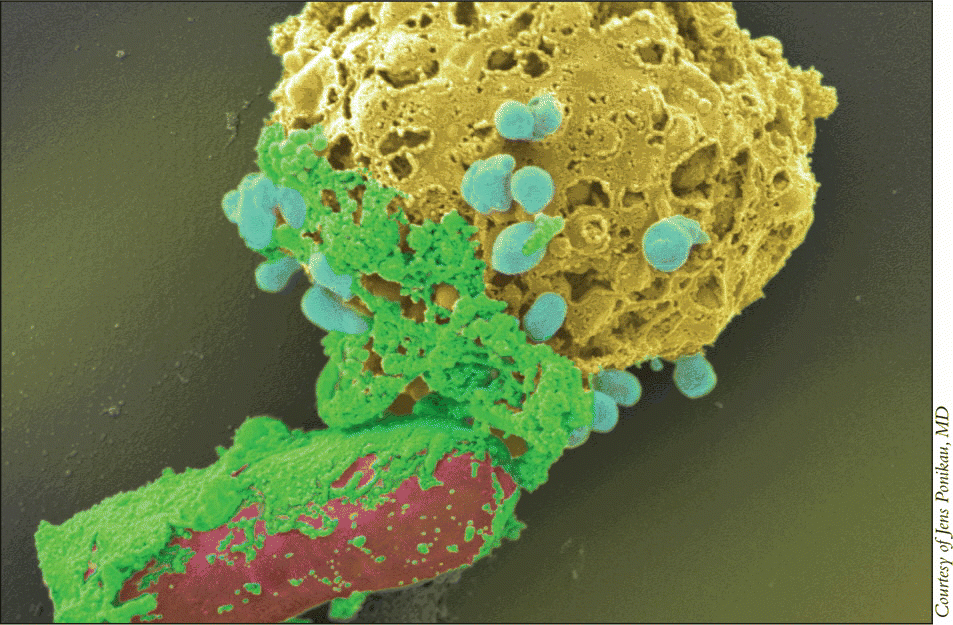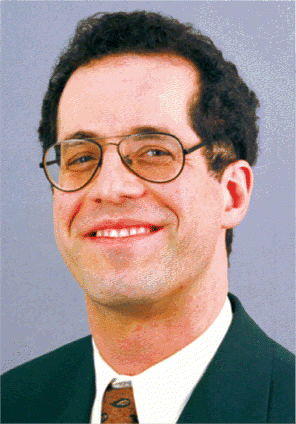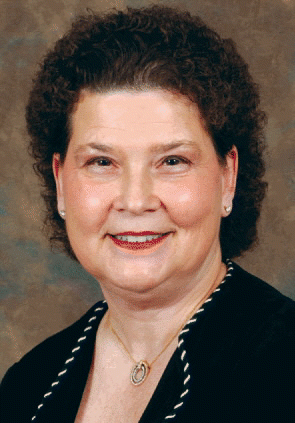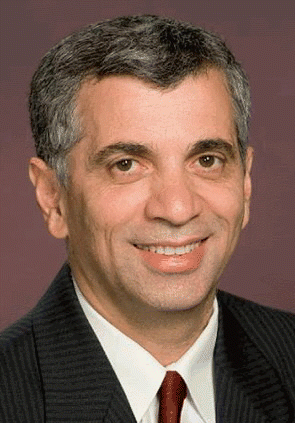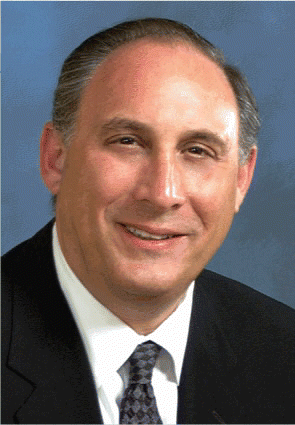Infantile hemangiomas and lymphatic malformations (LM) are vascular anomalies that otolaryngologists-head and neck surgeons often encounter in their practices. Infantile hemangiomas and LMs differ from one another in prevalence, etiology, and clinical presentation, but both may be undergoing potential shifts in treatment, depending on research outcomes.


